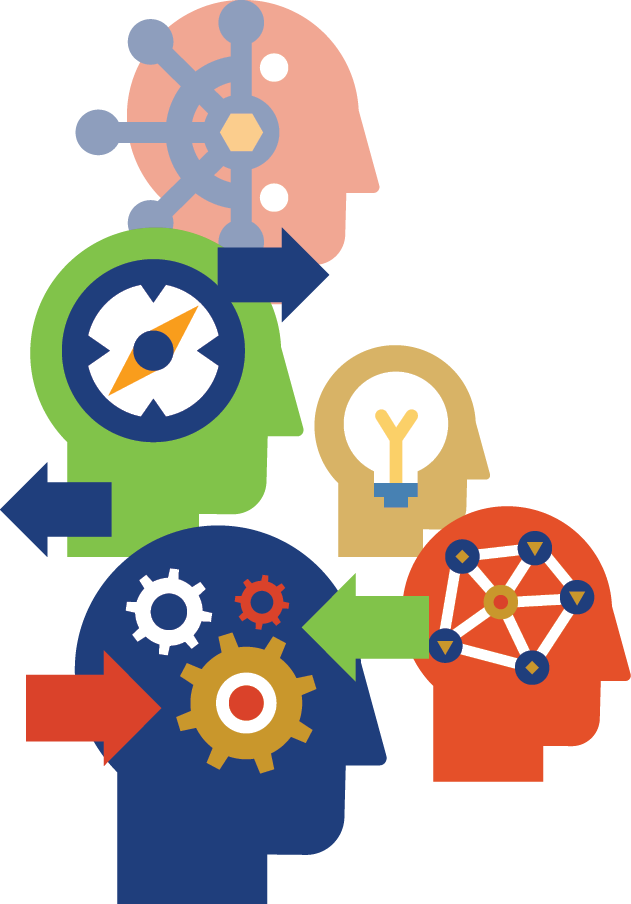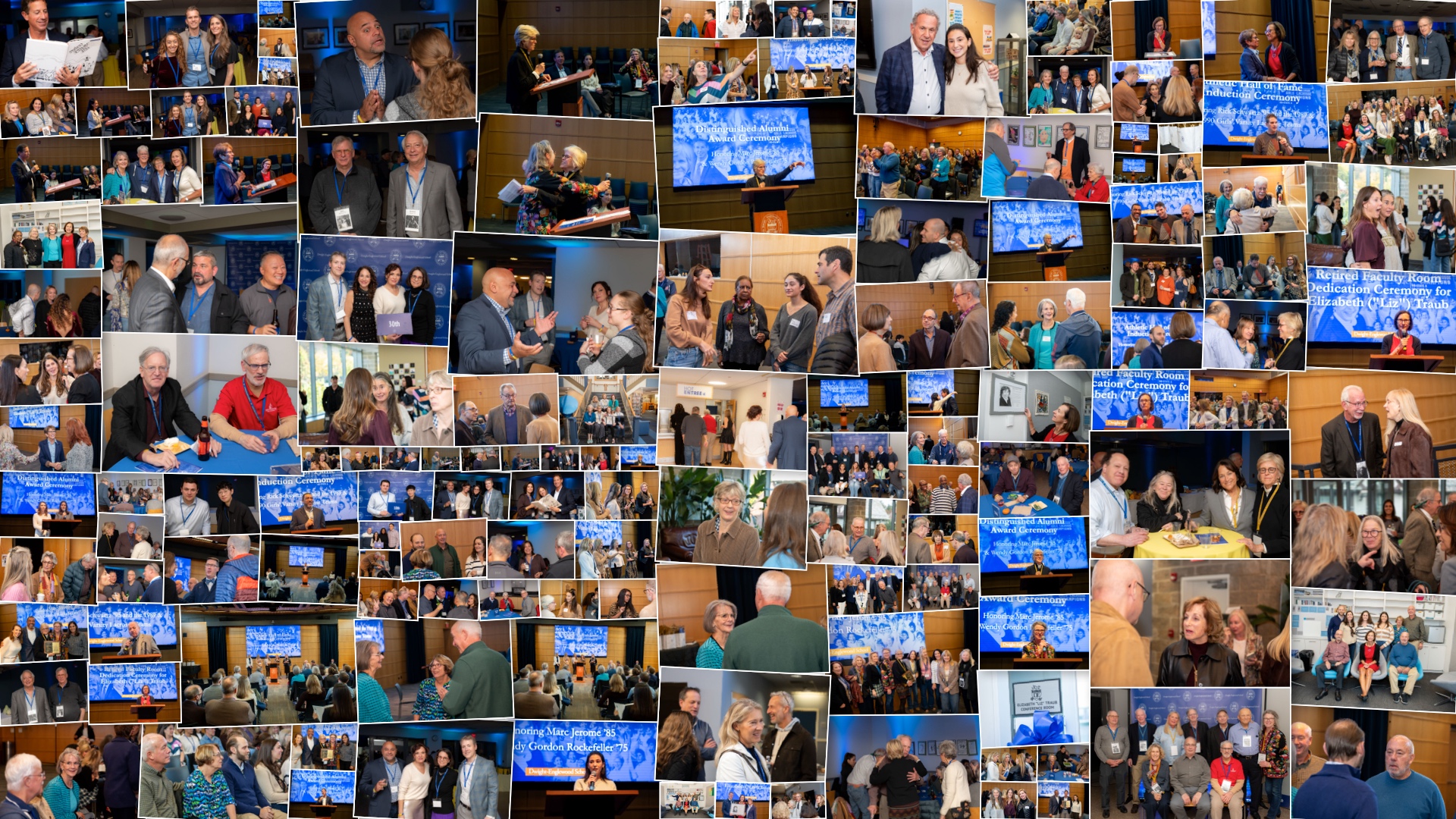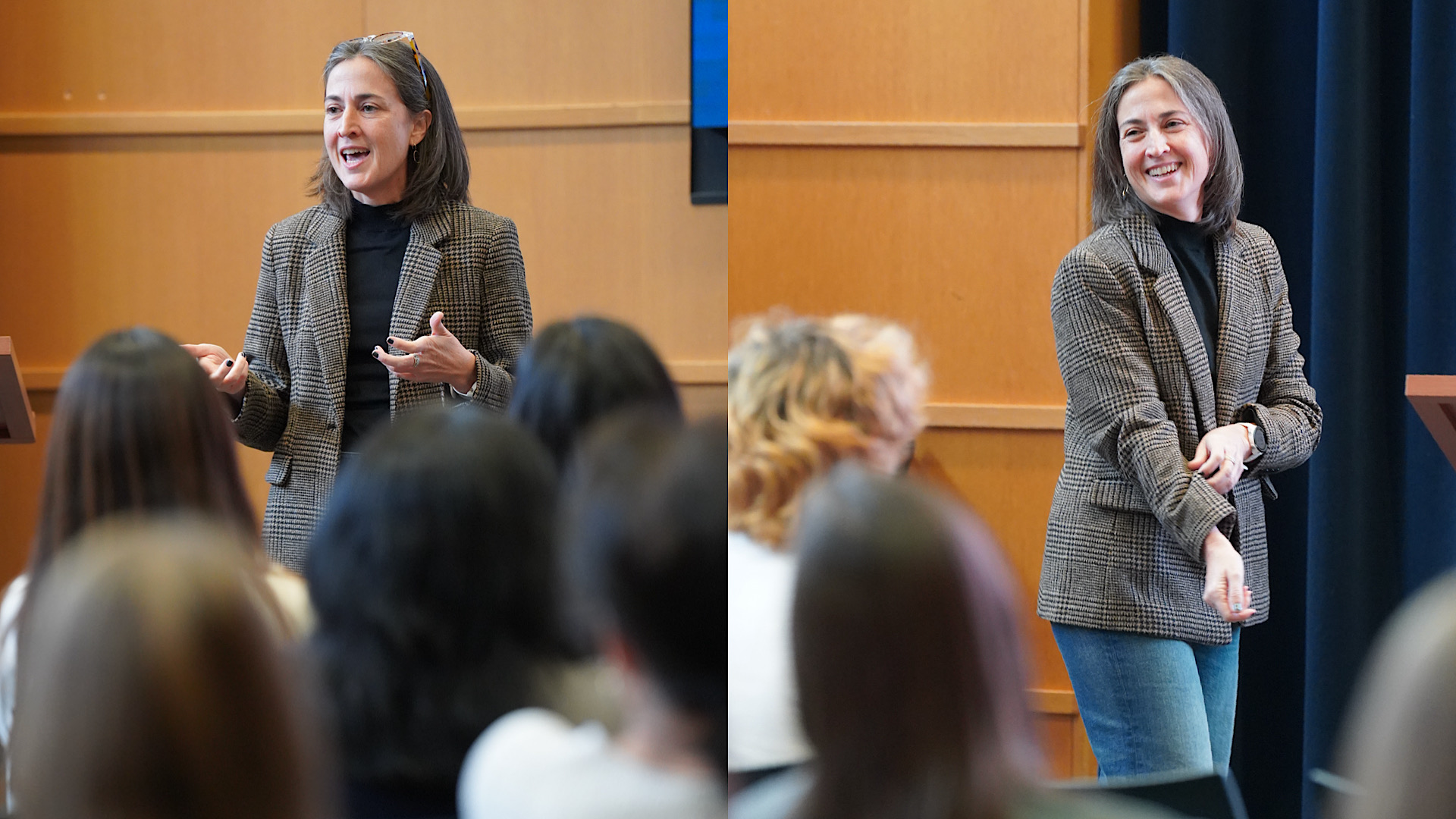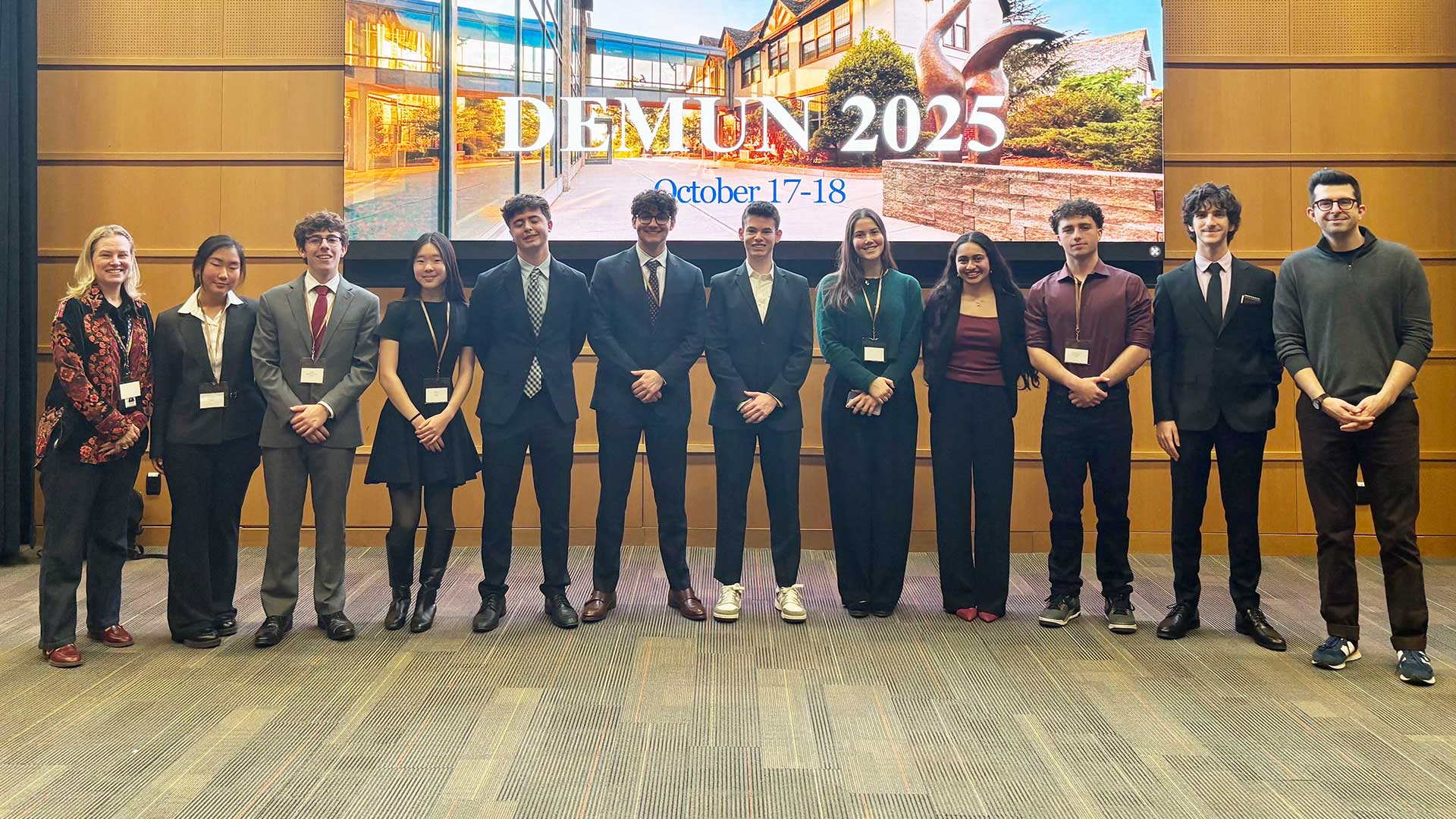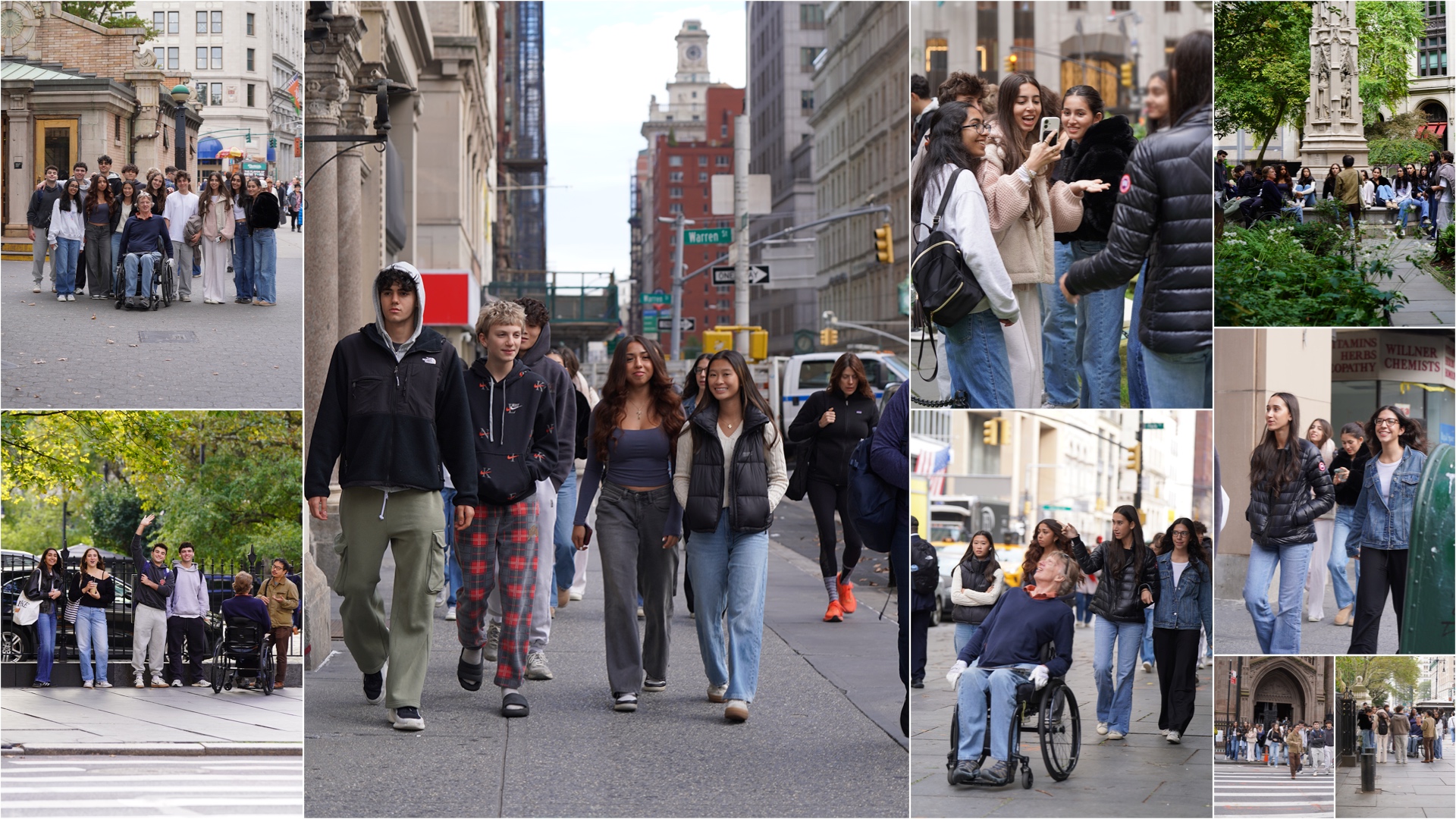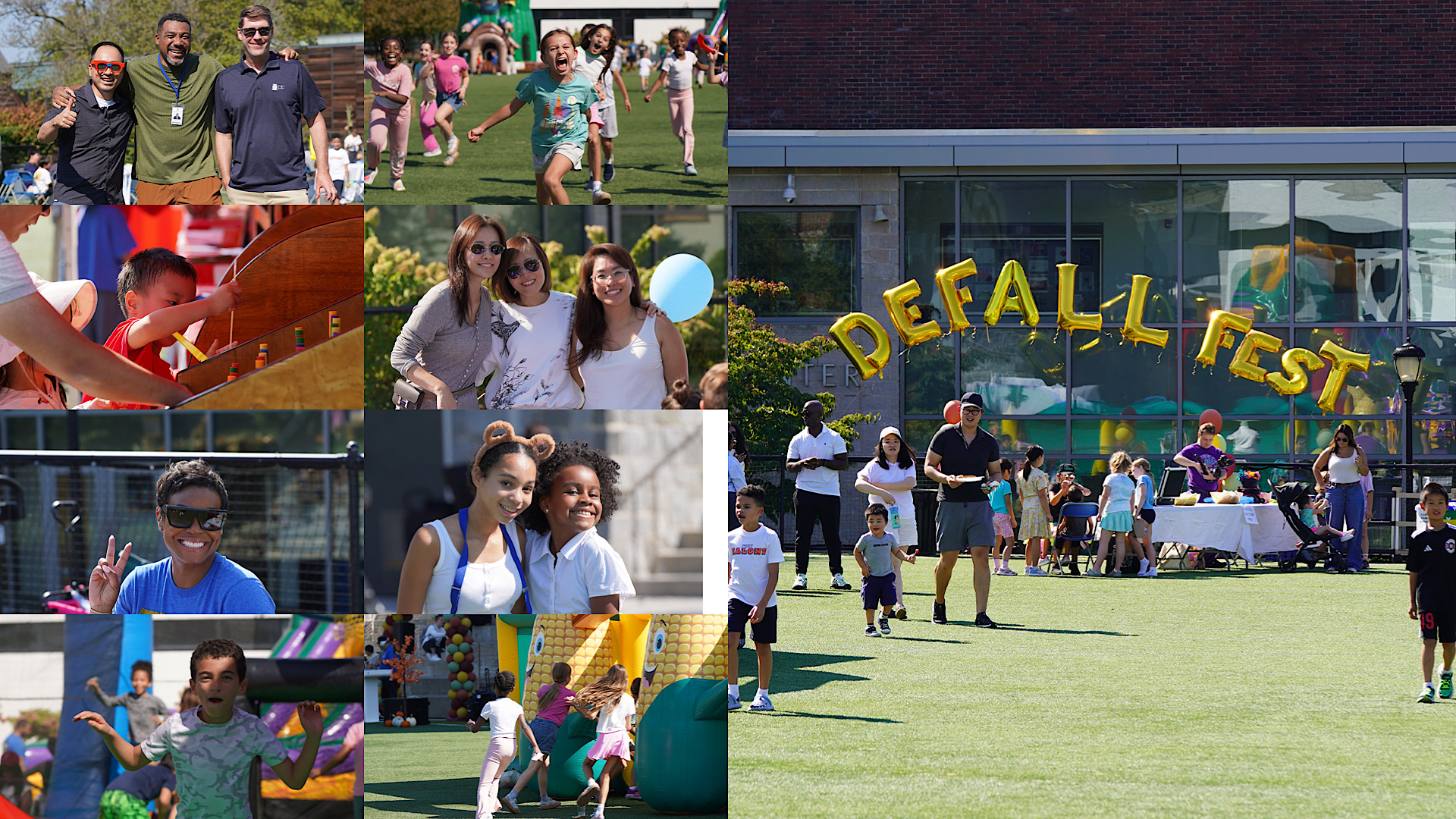Below, Marc provides some highlights from his presentation.
When we think about diversity, we often consider this in regard to sexual, gender, cultural and/or race identity – and the challenges, prejudices and discrimination that it can bring. However, another important aspect that is highlighted in our Diversity Values Statement is we all “have different abilities, learning styles and types of intelligences”. These neurological differences are under the metaphorical umbrella of neurodiversity – and includes people who are neurotypical and neurodivergent*. Neurodiversity is a fully inclusive construct that brings together every human being.
Neurodiversity is the basic yet important scientific fact that we are all different. We are different in the way we think, feel and learn because our brains process information differently. We take in information in different ways, and thus we behave and react differently to particular stimuli and environments. At its root, neurodiversity is as crucial for the entire human race as biodiversity is for life.
An important property of neurodiversity is the fact that groups of people with different perspectives working together collaboratively can achieve extraordinary things. So, when we consider neurodiversity in terms of a positive facet – we are not just saying that individuals bring certain strengths – we are actually saying that the variety of perspectives that a neurodiverse group brings to a situation – or problem to solve – is in itself a strength!
As a community, it is crucial that we provide each student (and each adult) an authentic sense of belonging in inclusive settings where difference is expected and valued.
In addition to definitions and terminology, the talk included a brief introduction of types of neurodivergence, some common myths, and ways we can apply neurodiversity as a framework to further build a community of belonging.
* Note: A person who is neurotypical does not display or be characterized by neurologically atypical patterns of thought or behavior, while a person who is neurodivergent can display and be characterized by atypical patterns.

